Original Source: https://www.webdesignerdepot.com/2018/02/stop-billing-by-the-hour-right-now/
 If you are a web designer/developer who currently bills per hour, I hope I can persuade you to change your pricing method to value-based pricing. In this article, I will discuss both methods in detail and without the fluff so you can get to the nuggets and make an informed decision from there.
If you are a web designer/developer who currently bills per hour, I hope I can persuade you to change your pricing method to value-based pricing. In this article, I will discuss both methods in detail and without the fluff so you can get to the nuggets and make an informed decision from there.
If you apply the value-based pricing method correctly, you really can earn more, work less, and be a happier freelancer.
Billing by the Hour
Billing by the hour is the most popular pricing method across the world in most industries. Of course, there are many web designers/developers out there who make a great living by using the hourly billing method, but in my opinion, value-based billing is far better than hourly billing.
Here are some home truths about hourly billing:
There are times when you argue over invoices and timesheets which wastes time for both parties (yes, there are software programs to track this, but you’ll still find clients who dispute it).
Feeling like you should be “micro-managed” by the hour. Clients would often want an estimate of the total hours before the project starts. They would then decide to go ahead with the project based on the estimate and not the final cost.
There’s no incentive to stay up to date with the latest technologies and tools available to make your job easier and faster to complete because if you do, you get paid less.
The longer the project is, the better it is for you (more income) and the worse it is for the client (more expenses).
Billing Hourly Is Harmful to Your Relationship With Clients
To illustrate this point, let’s say you wanted to build an additional room on to your house: The builder tells you it will cost $75k based on his best estimates and you go ahead with the agreement. After completing 80% of the project, the builder says it’s going to cost another $15k to complete the remainder of it. How would you feel in this scenario? Would you work with them again? Would you refer them to friends? Probably not. And it’s the same thing with web design/development projects.
Put yourself in the client’s shoes for a second and think if you were hiring a freelance web designer, you would want to know an estimate of how much the project will cost you. If you answer with, “100 hours at my hourly rate of $45,” the client will only budget $4,500 for the project. Where the problem comes in is the interpretation of the word “estimate.” In the client’s mind, they basically understand it as the final price. In a web designer’s mind, they basically understand it as a ‘plus-minus’ total that could potentially be higher if necessary.
The issue comes in when you realize you are not going to complete the project within the estimated timeframe you provided the client and you will lose money because it’s going to take you longer to complete. You then either just absorb the extra hours and not bill the client for it, or you tell the client it’s going to cost 30% more because of ‘XYZ’ and then risk harming your relationship in the future.
Hourly Billing Discourages Efficiency and Innovation
Let’s say that the same web design project comes to you and 9 other web designers. You each have different hourly rates that you decided would be fair for your expertise. “John” charges $45 per hour and others charge $75 per hour. There’s also someone else (who I’ll name Bob) who charges $150 per hour. Bob, with his experience in finding better ways to complete projects, can code the website in 3 hours = total fee of $450. John, with his lack of experience, knowledge and efficiency, can code the website in 16 hours = total fee of $720.
Takeaway: Hourly billing encourages you to not work smart and to drag the hours so you get paid more.
The truth is that some websites can be created in less than a day – even a few hours if you have all the info ready and you know exactly what needs to be done. If you are charging by the hour, why would you rush to get this website done as soon as possible when you could delay it by a few days and get paid more for it?
Maybe there’s a snippet of code you can buy for $100 that can save you 3 days of coding time, but if you purchase it, you lose out on getting paid more. In other words, the client is paying you for 3 days extra because you don’t want to use a $100 code snippet as this means you lose out on 3 days’ worth of paid work.
Can you see why this is harmful to your client?
Here’s another practical example:
If you are working on 3 client projects (retainer or one-off) at the same time and it takes you up to 2 hours per week to track your hours, prepare invoices, process payments, organize the accounting/tax side, etc. this can take almost a full working day each week just to handle this boring administrative task. This is crazy. You are not hired as an Administrator or Debtors Clerk – don’t fall into this pit. On top of that, you’ll deal with one or two clients who always question everything and this takes even more of your time. This leads to a lack of trust down the line and nobody wants to work like that.
I know these are very simple examples, but it still holds true in more complex projects as well.
Your Income Is Capped
One often overlooked aspect of hourly billing is that your income is capped because there are only so many hours you can work in a year.
Let’s say your annual salary is $60,000. If we work on roughly 250 working days, this is $240 per day and $30 per hour (8 working hours each day).
Firstly, not many web developers/designers are booked every hour for the whole year, but let’s say this is the case. What if you wanted to earn $100k next year? That would mean you need to increase your hourly billing to $50. Simple, right? Although it’s only $20 extra per hour, that’s $160 extra per day, $800 per week and over $3k per month extra for a client to consider. It can often be a deal breaker in keeping retainer clients or signing up new clients for weekly/monthly projects.
Unless your existing clients really value your services, they will not understand why you now all of a sudden value your services at almost twice the price for the same amount of work. It’s very likely that they will start looking for other freelance web designers with a lower hourly rate and new clients or prospective clients may not sign up with your premium service as you are almost double the “going rate” for other freelancers with similar expertise.
Conclusion: Increasing your income is not easy. Although you want a higher income, the clients you work with really don’t care about your income desires and they don’t want a higher expense. The conclusion of the conclusion: Guess who really makes the final decision at the end? (it’s not you)
It’s in the client’s best interests that you don’t bill by the hour. You just need to educate them on this. It’s important that your clients know why this pricing method is harmful to them and to you.
Value-Based Pricing
To avoid any misconceptions about this pricing method, it’s not a fixed amount that is calculated by your cost + your desired profit.
Here are some home truths about value-based pricing:
You don’t sell hours – you sell results (or the potential results).
There’s an incentive to stay up to date with the latest technologies and tools to make your job easier and to become more efficient.
It allows you to really create something amazing and not to worry about going over the client’s desired budget or an estimate you provide for hourly billing.
There are no hidden financial surprises to clients. You take all the risk in delivering the project within the total cost you’ve informed the client about.
You can work with fewer clients and provide a better service because you are often earning significantly more.
You are essentially providing a fixed amount based on the projected return or outcome of the project.
How Do You Apply Value-Based Pricing?
Find out the potential value of the project to the client over a year. In other words, find out the potential increase in sales that the business could be making after you create the website. Then base your price off of this potential return.
Example #1 – The Existing Business Website:
A business sells agricultural drones via their website. They ask you to create a website focused on getting more sales. After you ask a few basic questions, your 2 main questions should be:
How many sales do you currently get each month?
What is the average sales value of a drone?
They answer with: 10 sales per month and $8,500 each.
You then do simple math to figure out how much income they generate each month ($8,500 x 10 = $85,000).
You look at their current site and see how they can improve their sales and you work on a low estimate of what you expect sales could increase by after you make a conversion-centered website. In this scenario, let’s say you are confident it would at least be 2 sales extra per month. This would mean the business would make an additional $16,000 per month and almost $200,000 in one year. After informing the client of this in the proposal and why you feel this is a low and realistic estimate, you then give your website cost based on the potential annual return. For this example, your price could be $10,000 – $15,000.
Would you, ‘as the business owner’ be willing to pay around 5% of what you could potentially make after one year?
Of course.
Example #2 – The New Business Website:
A business sells agricultural drones and they want a new website. They ask you to create a website focused on getting sales. After you ask a few basic questions, your main question should be: What is the average sales value of a drone?
They answer with: $8,500 each.
After doing further research about the market and their marketing plans, you are confident that you can create a conversion-centered website that can convert into at least 4 sales each month (or one sale per week). This equals $34,000 per month and over $400,000 in a year. Your price could easily be $10,000 – $15,000 and it would make sense to the prospective client after you have explained the value of the potential return.
It’s important to realize at this point that your responsibility is to make the business see this as a necessary investment and not a cost. You need to explain why you are the right person for the project.
By breaking it down like this and being practical about it, you instantly stand out from the crowd of other freelancers who say things like, “I estimate that this project will take about 120 hours X my hourly rate of $45 = $5,400.”
How Do You Compete With Competitors Offering (Low) Hourly Rates?
We all know that there are thousands of web designers on Fiverr and Upwork that charge $100 for a 5-page website, and the truth is, how do you compete with that?
The answer is to stand out from the crowd. How do you stand out from the crowd? By not thinking and doing things the way they do things. How do you do that? By viewing a website as an effective marketing tool that can drastically improve the sales of a business (if it’s done correctly) and not as an ‘off-the-shelf product’. If you and your prospective clients understand this, then everything else will fall into perspective.
Think of luxury watches for example. These are commodities, but why do people still buy the $10,000 branded watches over the $100 watches that basically look the same and have the same features? It’s no different with websites. There are many that sell $10,000+ websites, and there are many that would sell the same website for $1,000. I’d be surprised if you wouldn’t want to be the one charging more in this case.
Here’s a brief overview of what you should do that prevents you being seen as a commodity which will help you stand out from your competitors:
Choose a niche.
Position yourself as an authority and become an expert in that niche.
Educate your potential clients on your blog and various marketing methods.
Offer services to your potential clients that can help their business grow.
By doing this, potential clients wouldn’t consider you as a ‘commodity’ and would happily pay you more as you understand their needs and you are focused on the outcome and not the hours worked to complete a project.
The key here is how you are perceived by the potential client. It’s either as an expert or ‘commodity.’
How Do Use Value-Based Pricing for a Non-Sales-Based Business?
Let’s say you were creating a website for a political party or charity, how would you use value-based pricing for this? It may sound a bit tricky at first, but if you just give it some thought, it can be simple to do.
For these examples, you need to do this:
Find out how they generate an income.
Find out how much a potential member/donor is worth to them.
Educate them by using ‘their language’ on why a professional website is key to generating more income.
Base your value-price for the project on their potential income from an increase in more members/donors over 12 months.
How they generate income:
A political party generates income from members.
A charity generates income from donors.
It may almost sound a bit rude at first, but you basically need to figure out how much a member/donor is worth to the client and then to ask the question: What would an extra 100 members/donors in a year mean for your organization?
Your objective is simply to help them understand that a professional website focused on getting new members/donors and keeping existing members/donors satisfied should be their main goal and to help them see the potential of receiving an additional 8-9 members/donors per month.
Side note: I always recommend that you provide digital marketing services alongside with the website to improve the chances of overall success with the project.
Remember that your price is based on what the potential income return is for the client, so if you are dealing with small organizations, the price you can charge is relative to their potential success. If their potential income equates to $50,000 over a year from 100 members/donors, you could easily charge $5,000 – $8,000 and it would be a win-win for both of you.
The key here is to speak ‘their language’ and to understand what their needs are. If you deal with a doctor, use the word ‘patients’. If you deal with a charity, use the word ‘donors’.
Obviously, you can’t make any guarantees with the results they might receive, but as long as you can prove that you have experience in helping businesses increase their sales and you make sure you understand their needs, this is all you need to overcome their doubts.
The Bottomline
By thinking about outcomes, it shows you understand the project as the business/organization does. You are not thinking about hours like your competitors do which helps you stand out from the ‘commodity market’. I understand that this is a very simplified summary. You would have to deal with the objections clients or potential clients may have like:
100% payment upfront
Questions about pricing
Doubts and objections of the client
The truth is that this model is simple in theory, but in practice, you might make a lot of mistakes. That’s OK. You are running a marathon and not a sprint. It takes a lot of trial and error and you will learn by experience about what, how and when to say the right things that will get you higher paying clients.
The point is to do it and then to learn from your mistakes and see where you can improve so that you become better and more confident in charging more for your projects and being more efficient along the way.
I hope this article has helped you to rethink this topic.
MEGA Bundle of Bundles – Includes 105 Design Products – only $19!

Source
p img {display:inline-block; margin-right:10px;}
.alignleft {float:left;}
p.showcase {clear:both;}
body#browserfriendly p, body#podcast p, div#emailbody p{margin:0;}


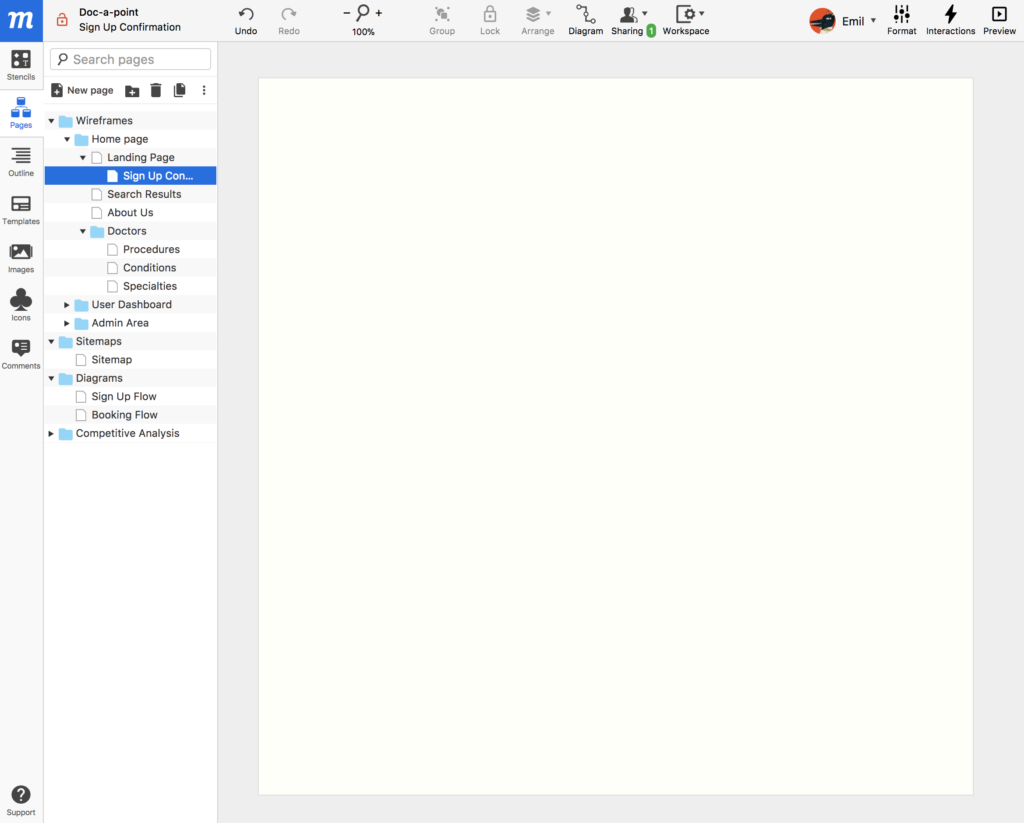
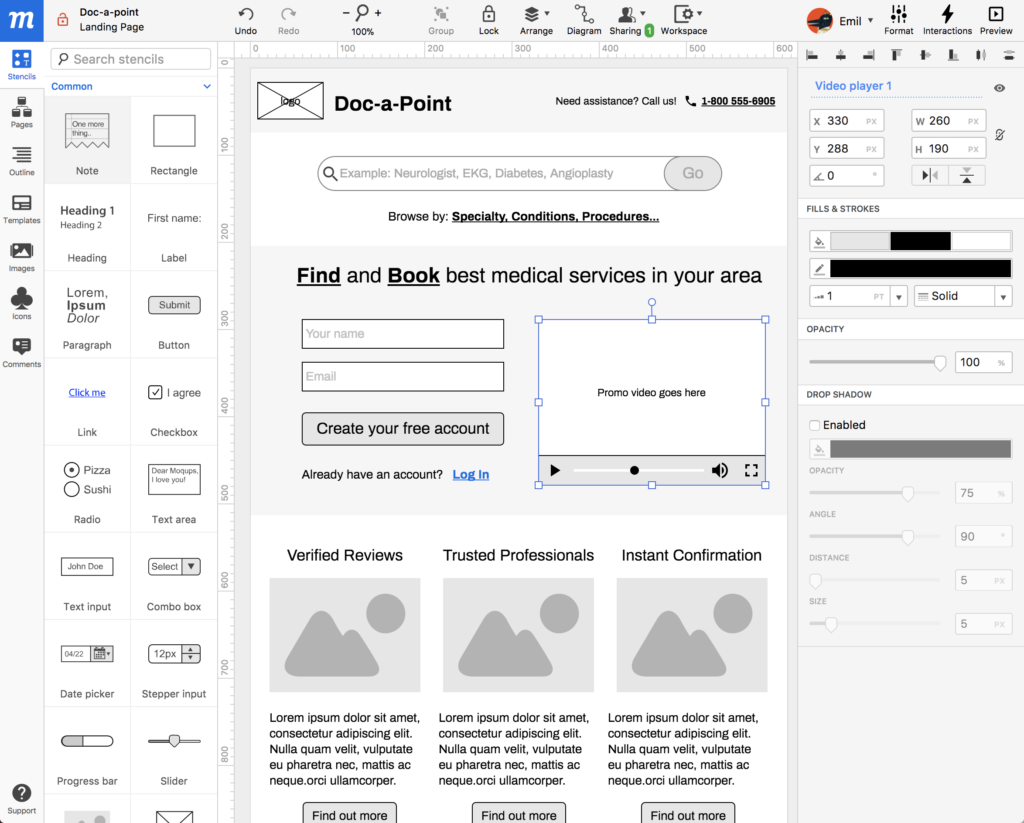
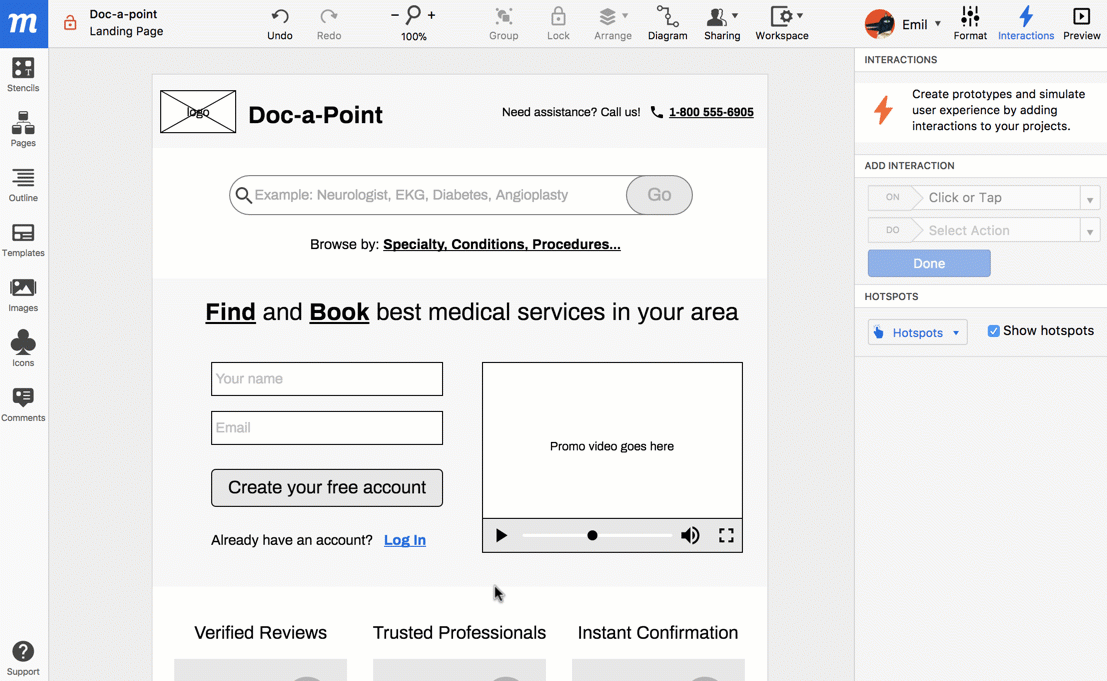
























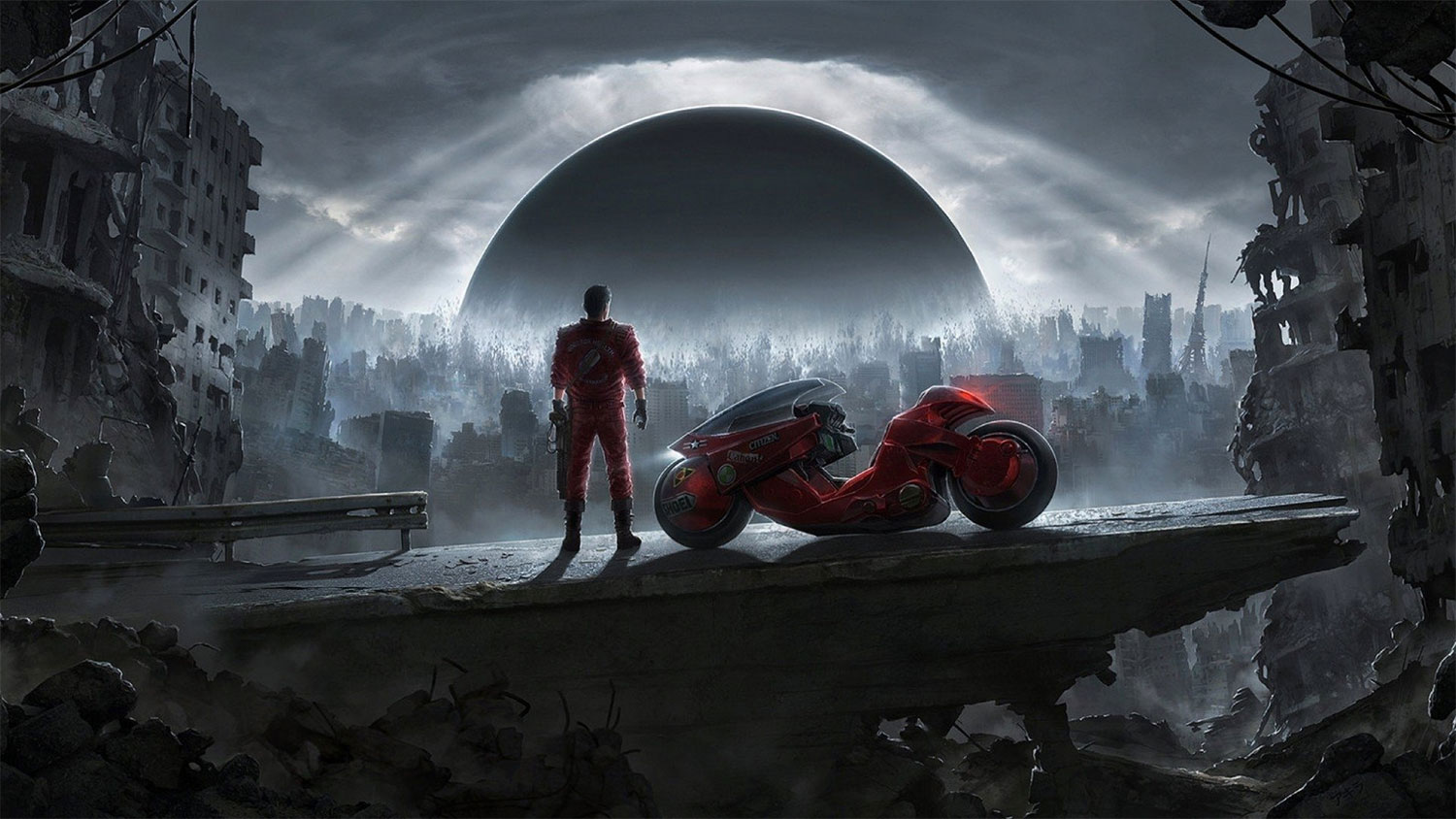
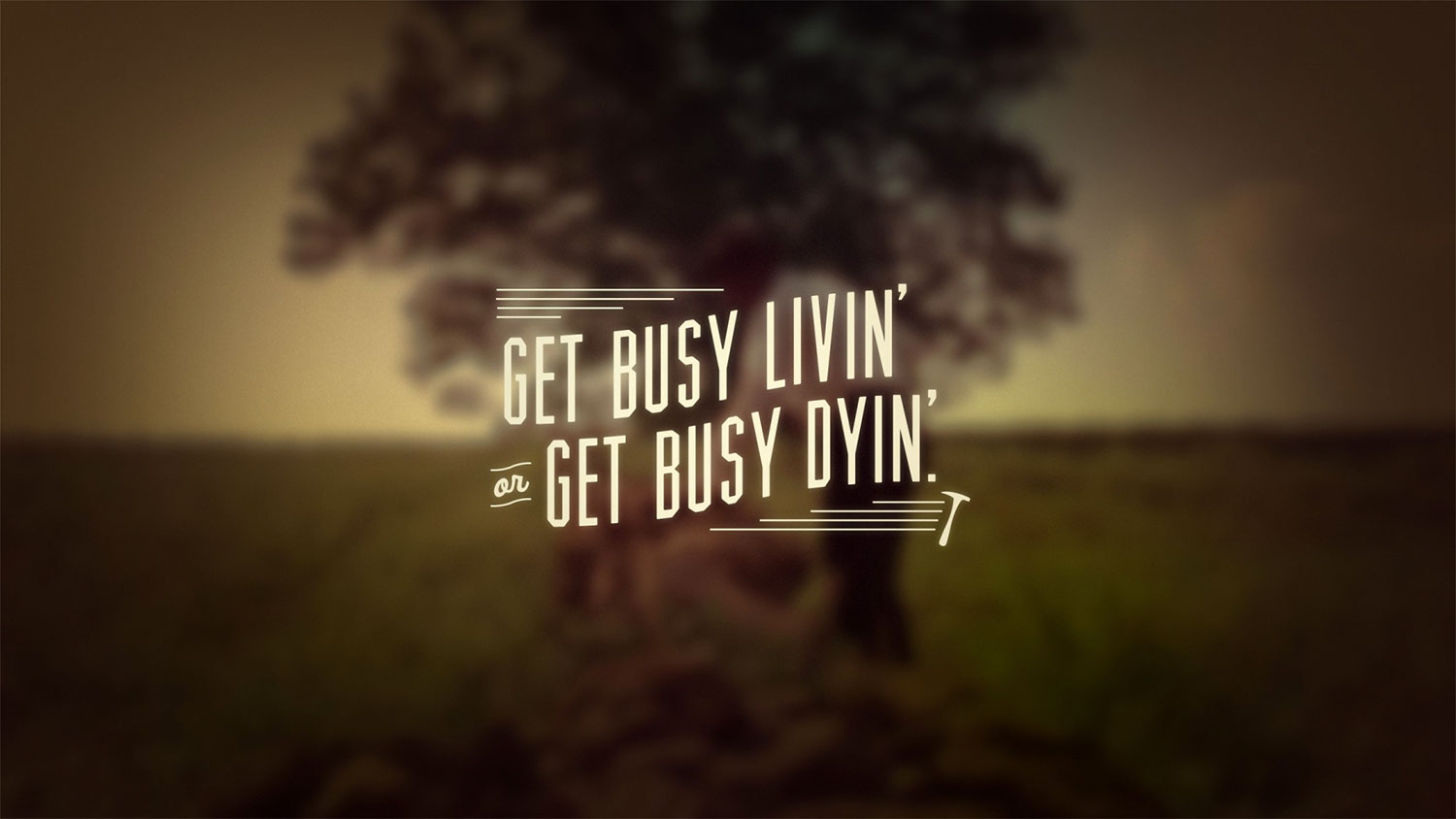






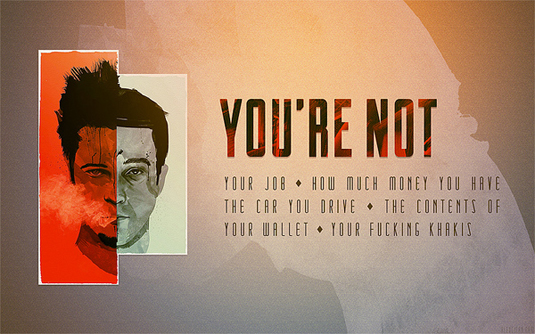

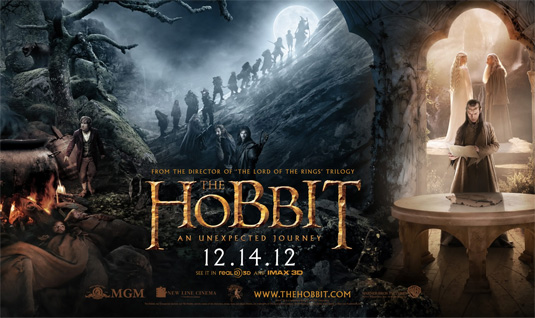
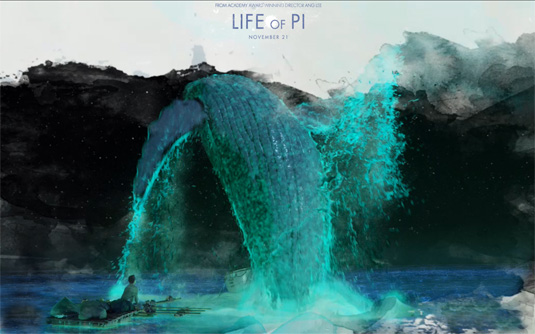


 If you are a web designer/developer who currently bills per hour, I hope I can persuade you to change your pricing method to value-based pricing. In this article, I will discuss both methods in detail and without the fluff so you can get to the nuggets and make an informed decision from there.
If you are a web designer/developer who currently bills per hour, I hope I can persuade you to change your pricing method to value-based pricing. In this article, I will discuss both methods in detail and without the fluff so you can get to the nuggets and make an informed decision from there.
